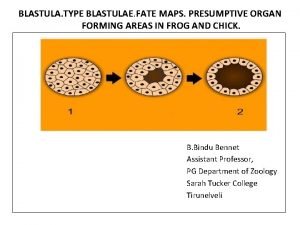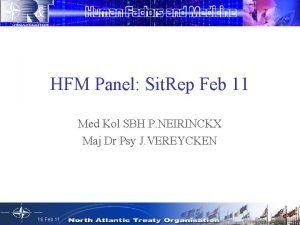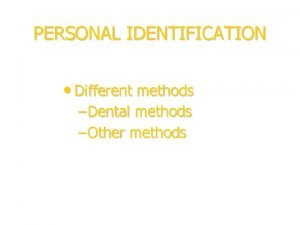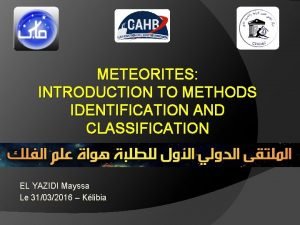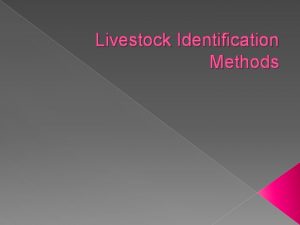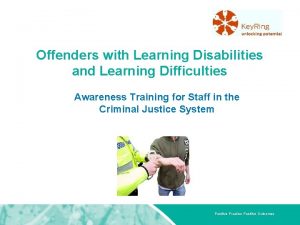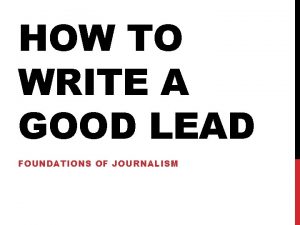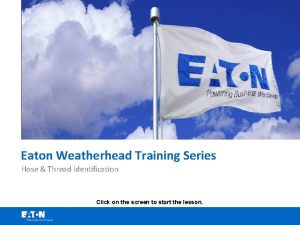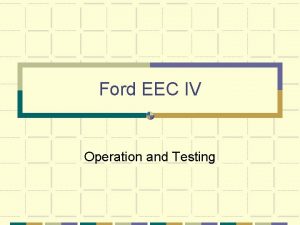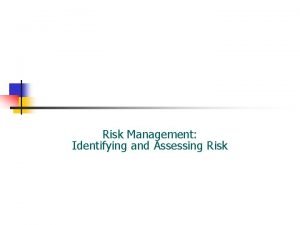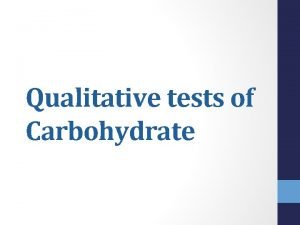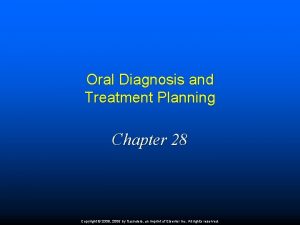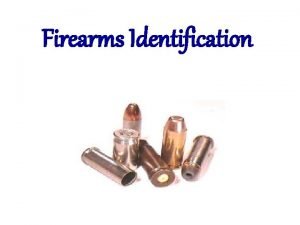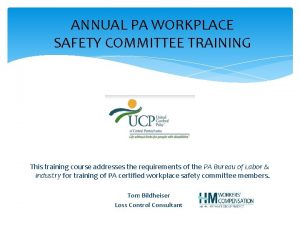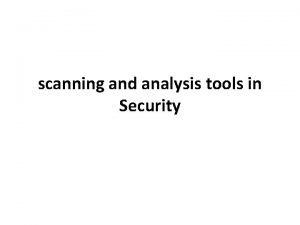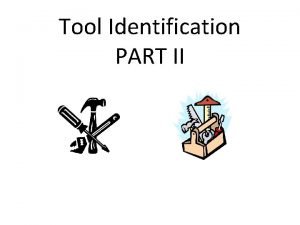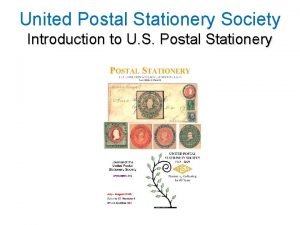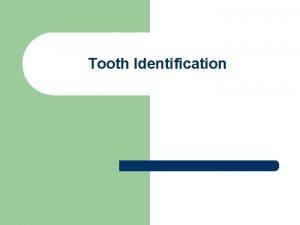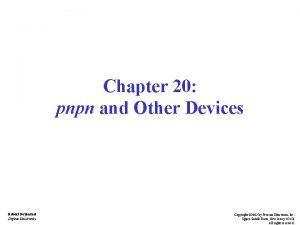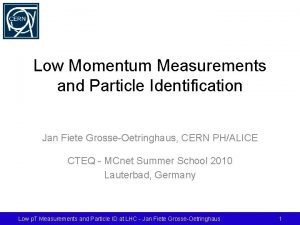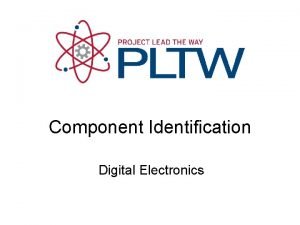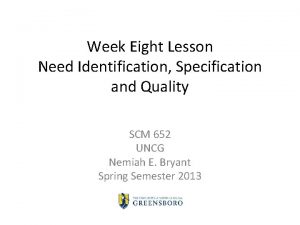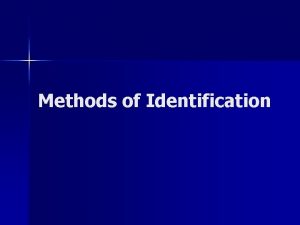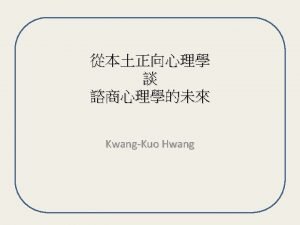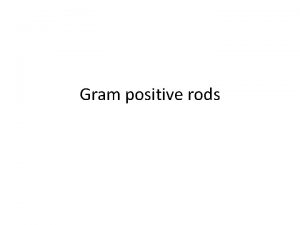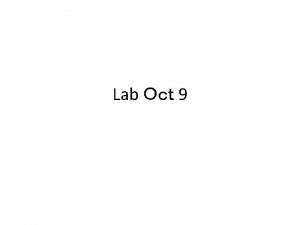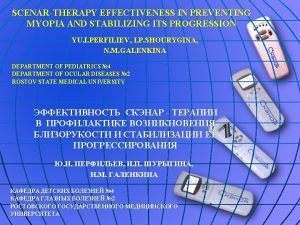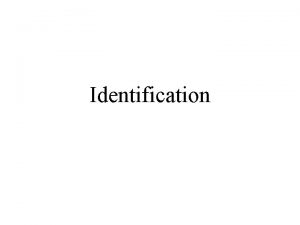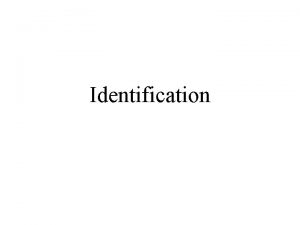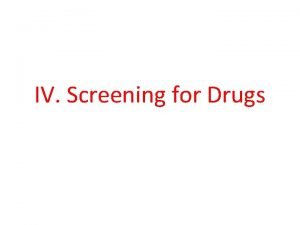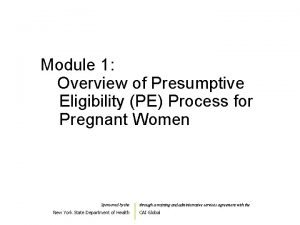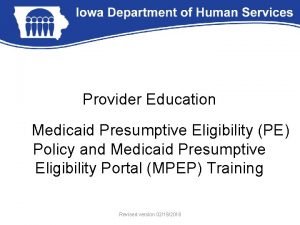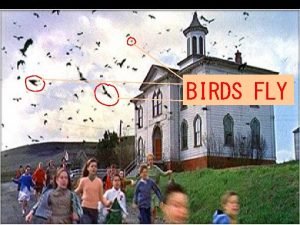Methods of Identification Presumptive vs Positive ID n















































- Slides: 47

Methods of Identification

Presumptive vs. Positive ID n n n n Personal viewing of victim Fingerprints Dental records Radiographs and anthropology DNA analysis Facial/photo superimposition Scars, marks, tattoos, etc. Personal effects – Clothing, body artifacts n Environment

Fingerprinting

History n 1880 - Dr. Henry Faulds – First used fingerprints at a crime scene to ID the perpetrator n 1892 - Sir Francis Galton – Published first textbook “Fingerprints” n 1897 - Sir Edward Henry – Proposed a classification system adopted by Scotland Yard – System still widely used n 1910– Accepted by US as a method of identification n 1930– FBI set up National fingerprint file

What is a fingerprint?

Layers of the Skin n Epidermis Dermis n Hypodermis n

Dermis - Papillary layer n Superficial, ~20% of dermis n Dermal papillae form ridges on hands and feet to increase friction

Dermis - Reticular layer n n Deeper, thick layer Flexure lines – dermal infoldings at wrist, palms, knees, etc. to secure skin to deep tissue Eccrine sweat glands - primarily for thermoregulation Sebaceous glands - oil

Develop in utero ~13 -15 weeks of gestation n Ridges are unique and permanent n The patterns never changes except in size n

Print left by secretions from pores in the ridges n 18 major components n – Primarily water, amino acids + salts – Some oils

General features of all prints n n n Ridges / ridge lines – raised part of the skin, ~150 per finger Furrows – lowered skin Minutiae – small, unique ridge characteristics Delta – point where 3 ridge lines meet in a triangle Core – center of the fingerprint

General classifications n Loops – 60 -70% of the population n Whorls – 25 -35% n Arches – 5%

Loops One or more of the ridges enters on one side of the impression recurves touches or crosses the line running from the delta to the core and terminates one the same side where the ridges entered n There is one delta. n The number of ridge lines forming the loop is an identifying characteristic too

Types of loops n n n Two bones in the lower arm Radius - attaches to wrist/hand closest to the thumb Ulna – attaches closest to little finger

n Radial loop – Ridge lines enter/exit on the side of the finger pointing towards the thumb – Not common n Ulnar loop – Ridge lines enter/exit on the side of the finger pointing towards the little finger

Whorls n 2 or more deltas

Types of Whorls n Plain whorl n Consists of one or more ridges which make or tend to make a complete circuit, with 2 deltas If an imaginary line is drawn between deltas, there is at least one recurving ridge within the inner pattern area that is cut or touched. At least one type line forms a circle n n

n Central pocket whorl n Consists of one or a few ridges which make or tend to make a complete circuit, with 2 deltas If an imaginary line is drawn NO recurving ridges within the inner pattern are cut or touched. At least one type line forms a circle n n

n Double loop whorl n Consists of two separate and distinct loop formations with two separate and distinct shoulders and two deltas.

n Accidental whorl n Contains 3 or more deltas

Arches Ridges run from one side to the other, making no backward turn. n Generally there is no delta + no significant core n If there is a delta recurving ridge must intervene between the core and delta points. n

Types of arches n Plain arch n The overall pattern area tends to just flow through the print with no significant changes

Types of arches n Tented arch n Contains a significant upthrust

Composites n Include patterns in which combinations of the tented arch, loop and whorl are found in the same print

Fingerprint ID Practice n Assume prints are from the left hand

A B C D E F

Plain whorl Ulnar loop Tented arch Plain arch Central pocket whorl Double loop whorl

Minutiae Unique identifying points n FBI requires 8 for a positive ID n – Ranges from 5 -12 in different states

Types of minutiae n Ridge ending n Bifurcation/ Trifurcation

n Dot n Island – Ridge line n Lake – Enclosure

n Crossover n Bridge n Ellipse

n Spur

Fingerprint ID techniques n 1. Take a tenprint – ID general classification for each finger

Fingerprint ID techniques n 2. Balloon print of right index finger – ID general classification – ID as many different types of minutiae as possible

Types of prints found in the environment n Latent – Formed by oil + sweat deposited by a person’s fingers when they touch a surface – Invisible to the naked eye, must be developed n Visible – Prints contaminated with blood, ink, etc. that leave visible prints n Plastic (molded) – Impression left in a soft substance (i. e. soap, wax)

Latent print detection n 1. Dusting powders – Normal n Grey vs. black – Magnetic – Fluorescent n Good for hard or nonabsorbent surfaces

n 2. Cyanoacrylate fuming n Turns a latent print into a permanent visible print (arrested print) n Good for plastics + metals

n 3. Iodine fuming n Good for paper

n 4. Ninhydrin spray n Good for paper, reacts with amino acid residues in sweat

n 5. Silver nitrate (physical developers) n Good for porous surfaces like currency, wood + cardboard, recognizes lipids

Methods of Comparison n Henry Primary Classification System n Calculate the value given the following equation: Pair # 1 2 3 4 5 R. Index + R. Ring + L. Thumb + L. Middle + L. Little + 1 R. Thumb + R. Middle + R. Little + L. Index + L. Ring + 1

Numerical value assigned to any WHORL in the numerator or denominator n Pair 1 = 16 n Pair 2 = 8 n Pair 3 = 4 n Pair 4 = 2 n Pair 5 = 1 n n ARCHES and LOOPS = 0

Example Whorls ID’d in right index and left index fingers n Arches or loops everywhere else n What is the Primary Classification value? n Remember: R. Index + R. Ring + L. Thumb + L. Middle + L. Little + 1 R. Thumb + R. Middle + R. Little + L. Index + L. Ring + 1

Example R. Index + R. Ring + L. Thumb + L. Middle + L. Little + 1 R. Thumb + R. Middle + R. Little + L. Index + L. Ring + 1 16 + 0 + 0 + 1 = 17 0 + 0 + 2 + 0 + 1 = 3

AFIS – Automated fingerprint identification system

n n n Computer scanners identify ridge endings and bifurcations only, and their relative positions are mapped Prints lifted at the crime scene are compared to fingerprints on file A group of suspect fingerprint cards is identified An examiner does a point by point comparison The computer can compare the suspect's print to 500, 000 fingerprint cards in less than a second Computer enhancement can also compensate for imperfections in lifted latent prints

 Positive identification example
Positive identification example Ohio medicaid insurance
Ohio medicaid insurance Luminol blood test
Luminol blood test Blastocyst vs blastula
Blastocyst vs blastula Med kol
Med kol Identification
Identification Metal identification methods
Metal identification methods Livestock identification methods
Livestock identification methods Wax pattern fabrication
Wax pattern fabrication Adding and subtracting negative numbers rules
Adding and subtracting negative numbers rules Positive practice positive outcomes
Positive practice positive outcomes Mannitol fermentation
Mannitol fermentation Newspaper lead examples
Newspaper lead examples Eaton hydraulic training
Eaton hydraulic training Cell type identification
Cell type identification Blueback trout oregon
Blueback trout oregon Carbide insert identification
Carbide insert identification Ford eec
Ford eec Bronchiloes
Bronchiloes Firearms
Firearms Information asset risk worksheet
Information asset risk worksheet Barfoed's test for carbohydrates
Barfoed's test for carbohydrates Charting identification chapter 28
Charting identification chapter 28 Firearms
Firearms Biometric identification jeffersontown
Biometric identification jeffersontown Identification of property
Identification of property Activity based approach in software project management
Activity based approach in software project management Identify hazards
Identify hazards Market and market identification
Market and market identification Explain the tools of security analysis
Explain the tools of security analysis Patient identification checklist
Patient identification checklist Tool identification labels
Tool identification labels U.s. postal stationery identification
U.s. postal stationery identification Identification division
Identification division Identification rules
Identification rules Specific identification method example
Specific identification method example Identification of locomotor disability
Identification of locomotor disability Scr pin identification
Scr pin identification Father of bloodstain identification. *
Father of bloodstain identification. * Nj dmv manual
Nj dmv manual What is tax id
What is tax id Business process identification
Business process identification Adjective clause identification
Adjective clause identification Particle identification
Particle identification Texas freshwater fish identification
Texas freshwater fish identification Aerodynamics system identification key
Aerodynamics system identification key Capacitor reading
Capacitor reading Need identification and specification
Need identification and specification



